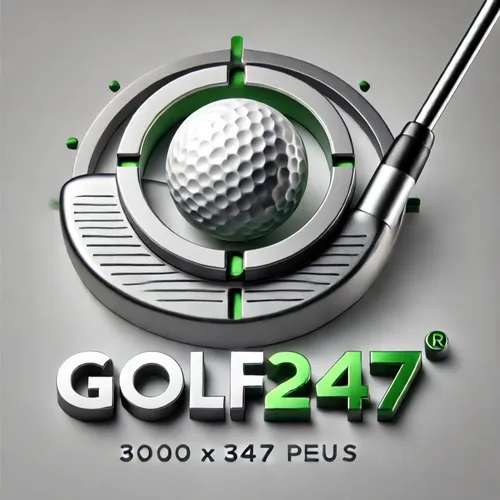#15 Welcome to the Golf247.eu Podcast.
- Author
- Golf247.eu
- Published
- Wed 16 Oct 2024
- Episode Link
- https://podcasters.spotify.com/pod/show/puttin-pro/episodes/15-Welcome-to-the-Golf247-eu-Podcast-e2ph5df
PART 1
This Podcast focuses on the "Rosetta Stone" of golf, a system of nine swing archetypes based on upper and lower body movement patterns. The discussion explains how these archetypes can be used to assess a golfer’s abilities and create a personalized swing that maximizes their potential. It highlights how the way the trail arm folds, a key predictor of sway gap (the distance between the upper and lower body during the swing), significantly affects a golfer’s hand path and shot shape. Additionally, grip strength, handle height, and swing speed are addressed as factors influencing ball trajectory and shot bias, emphasizing a dynamic coaching approach tailored to individual golfers for consistent and effective results.
Connections between upper body movements, grip strength, and ball flight described in the sources:
● Trail Arm Folding Test:
The way the trail arm folds strongly predicts sway gap and impacts upper body movement, including the wrists, arms, and torso. There are three main types of trail-arm folding: under, over, and hybrid.
- Under: The elbow moves behind the shirt seam, leading to a more stacked upper body over the lower body with less sway gap.
- Over: The elbow rotates so that it moves significantly in front of the shirt seam, causing the upper body to be farther from the target compared to the pelvis, increasing sway gap.
- Hybrid: The elbow retracts slightly with some rotation, which is the least common type of trail-arm folding.
● Grip Strength:
The trail arm’s folding pattern also influences grip strength. Golfers whose elbows fold under tend to have a weaker left grip and stronger right grip, while those whose elbows fold over tend to have a stronger left grip and weaker right grip.
● Sway Gap:
Sway gap is the distance between the center of the chest and the center of the pelvis. It’s a dynamic, continuous relationship that is largely influenced by the trail arm’s folding action. The sway gap should remain relatively consistent at address and at the top of the backswing, and then increase through impact.
● Hand Path to Head Path:
The trail arm folding also affects the relationship between the hand path and head path. Golfers with an under-arm fold tend to have a steeper hand path, while those with an over-arm fold have a flatter hand path.
● Ball Flight:
All these factors influence ball flight. For example, golfers with an over-arm fold and larger sway gap tend to strike the ball with a steeper angle of attack, resulting in higher spin and loft. Golfers with an under-arm fold and smaller sway gap tend to hit the ball with a shallower angle of attack, producing lower spin and loft.
These are general guidelines, with many variations. It’s important to assess each golfer individually and develop a swing that fits their unique physical characteristics.
